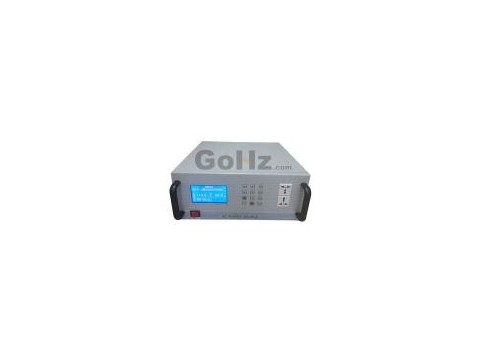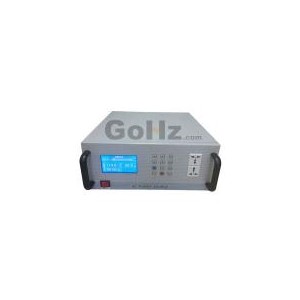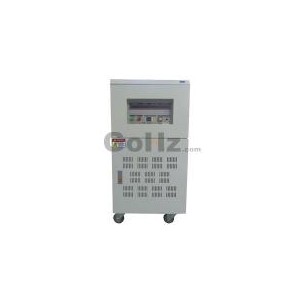Some places actually do have three phase 50/60 Hz frequency converter installed. In Denmark, for instance, washing machines and kitchen stoves used to be three phase (power appliances it was called), I am not sure if that is still the case. Here, in Australia, I also have a three phase frequency converter installation, for the reticulation bore pump, and the power sockets and lighting around the house is distributed between the three phase 50Hz 60Hz converters as well. As someone said it is a simple conversion from three-phase to single-phase, so safety is not an issue. It's all about dollars and cents. Besides the fact that appliances and devices for residential are not three phase loads, so discussion is sort of a mute point, I submit the following for consideration.
My suspicion applies to both 50Hz and 60Hz of these and this is that you have used some form of normal ferromagnetic (mild) steel for the rotor shaft (and part of the inner diameter of the rotor). The rotor flux is penetrating this solid steel and causing high eddy-current losses. They are high at start because of the increased frequency in the rotor, but they are also significant under steady-state loaf because the skin depth into steel is a lot deeper at 1 to 3 Hz than at 50 Hz or 60 Hz - depending on your supply frequency.




 Company
Company